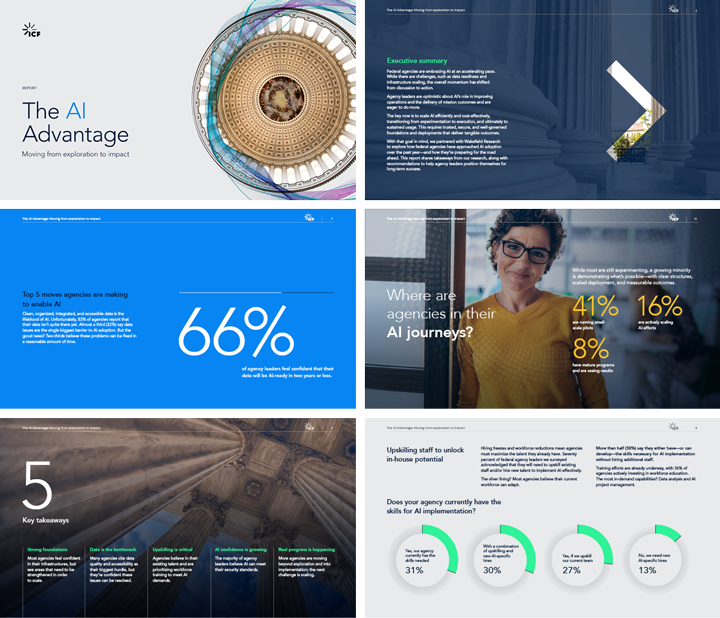
A love letter to ‘How Might We’s’
Imagination is what sets humans apart from other creatures. Imagination inspires ideas, some good and others bad, but that altogether through trial and error (e.g., prototyping) lead to innovation.
You may be familiar with the phrase "Yes, and..." as a way to accept ideas and extend them. The term actually comes from the world of improv comedy, where the idea is to keep building on the premise of your improv partner rather than take an abrupt, sharp turn which is no fun for the improv players or the audience.
In a business setting, that phrase creates a welcoming atmosphere for new ideas, which are the seeds for new innovation.
Customer experience (CX) practitioners use a different phrase to generate those initial ideas on which to build: "How Might We...." (HMW). The phrase is not new—it was first used at Procter & Gamble in the early-1970s, and later spread to Scient and then IDEO, which popularized its use for innovation. Later, a Harvard Business Review article published in 2012 advocated for the adoption of HMWs. Now top innovative firms use HMWs routinely as a foundational approach to inspire advancements.
CX research involves sifting through thousands of qualitative and quantitative data points to identify a few insights that represent pivotal challenges or bright spots customers face in accomplishing a task. HMWs inspire us to imagine, unencumbered by any constraints, how those challenges might be resolved or bright spots enhanced.
Prompts such as "How Will We...," "How Can We...," or “How Should We...” might appear the same, but these phrases are weighed down by implied constraints. "How Will We...." suggests a defined action plan, while "How Can We...." carries the burden of what is perceived to be realistic, and “How Should We” imparts judgement on ideas right at conception.
The elegance of HMW is unfettered access to your entire imagination. Realities such as resources, budget, leadership support, technology, access, etc. can be addressed later. For now, let your HMWs release you from those shackles.
Not everyone is enamored of HMWs. This article in Fast Company published in 2021 caused some waves. However, a closer reading reveals the author wants to blame the tool, not those misusing it. The reality is that HMWs are particularly valuable when they are framed off insights gleaned from speaking with actual customers, and especially when those same customers are in the room participating in the discussion. When HMWs are too broad or focused on solving an organization’s problems and not the customer’s, they are not being used effectively.
But HMWs need not be limited to CX research. In fact, the prompt can (and should) be used across every discipline in which a well-defined problem must be tackled:
- Education: "HMW provide equal access to the best learning tools for children despite economic differences?"
- Environment: "HMW reduce greenhouse emissions by 20% at our plant in ways that do not increase emissions in other ways?"
- Financial: "HMW increase shareholder value by 15% over the next 6 months with a 50% reduction in R&D?"
- Legislative: "HMW foster greater collaboration across political parties and ideologies for a particular bill?"
- Even a literal moonshot: "HMW send humans to the Moon with half the weight but twice the safety in 2 years?"
The use cases are endless, and only limited to your imagination. How might you use HMWs to generate innovative ideas in your world?
